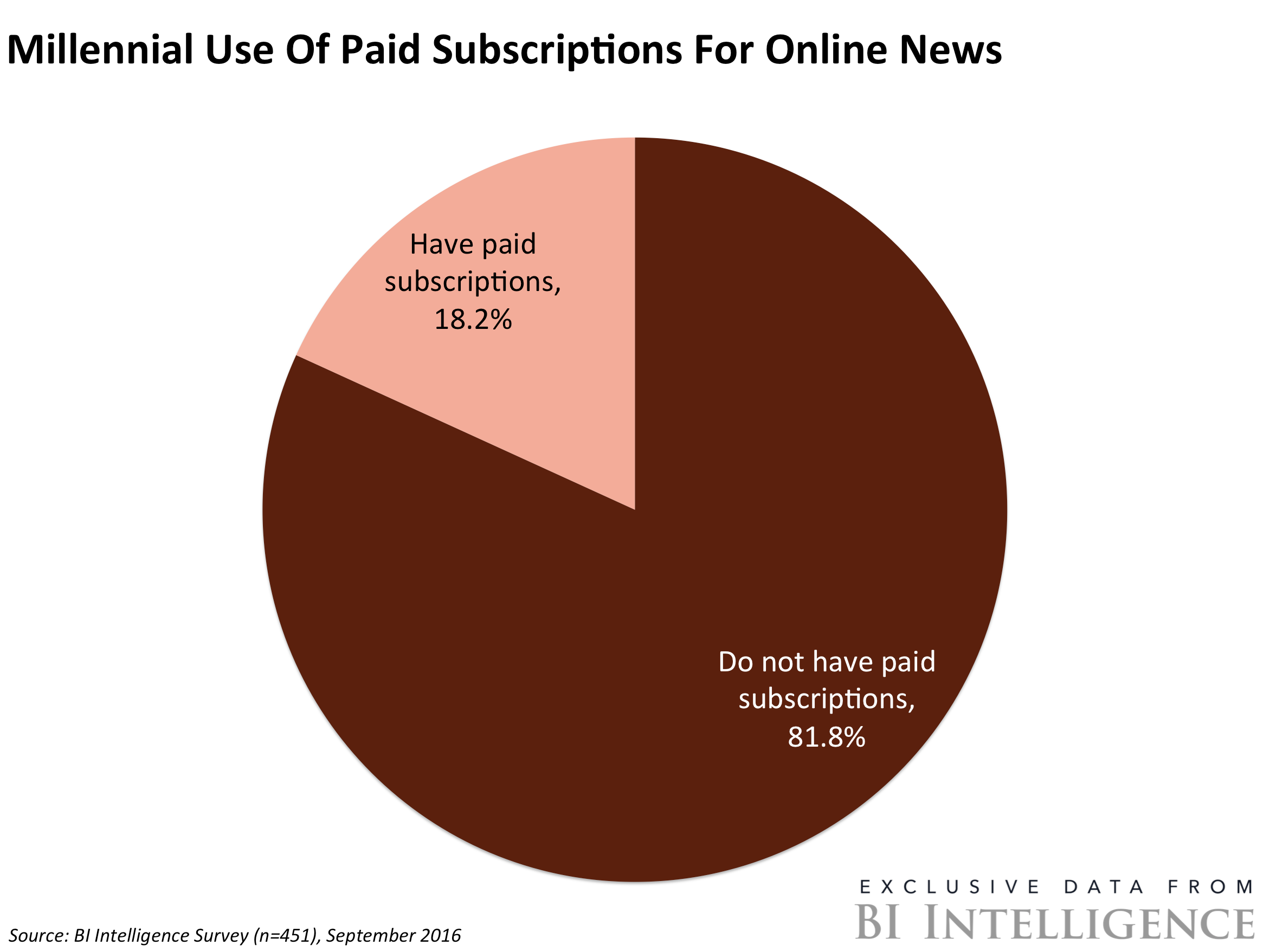
Since Apple launched the iTunes Store and began selling songs for 99 cents each, media bigwigs have been advocating for an “iTunes for news” model to help ease digital media companies’ transition from print to digital.
But since then, publishers still have struggled to effectively mimic the success of iTunes, and convert it into revenue for content.
The closest model is micropayments, or low-value payments for online goods and services.
Micropayments, which allow users to pay per piece of content they purchase, are a relatively new problem for the online payments industry. That’s because in person, users are most inclined to use cash for payments below $10, and for online purchases of physical goods, shipping costs often disincentivize users from making low-value payments. For digital content, though, there’s no alternative to accepting low-value card payments, which mean that firms wanting to harness this model will have to seek out ways to make it work.
Right now, micropayments aren’t effective. For consumers, they present psychological hurdles, because mobile and digital buying is already challenging and making frequent purchases could exacerbate these frictions. And for content producers, fees associate with digital payment eat away at the cost and limit or eliminate the profit potential for these types of goods, making them a challenge even if they were to catch on.
There are reasons for optimism — many publishers have bought into an app called Blendle, which aggregates content and makes payment more frictionless. And Blendle has seen modest gains since launch, which indicates that micropayments could gain traction under the correct circumstances. If a giant, like Apple, Google, Facebook, or another platform where customers both have existing news and payment relationships, were to take the challenge on, its value could begin to increase.
A new report from BI Intelligence, Business Insider’s premium research service, outlines the micropayments problem and forecasts the future of micropayments for consumers and merchants. It also offers potential solutions for micropayments problems.
Here are some of the key takeaways from the report:
- Digital micropayments are on the rise because they help solve a problem for online content providers. Micropayments have proven successful for digital music and app purchases. That’s led publishers of digital content, like news or video, to look at them as an alternative way to monetize content, particularly in the wake of rising ad-blocker usage.
- For merchants, micropayments are often too expensive to offer. Processing fees associated with card-based transactions are often high enough that they pare down or eliminate almost all potential for seller profit from micropayment transactions.
- A major tech giant could seize the opportunity to work with publishers to grow its own apps and payments offerings at the same time. Their wide reach and seamless payments infrastructure could get the necessary buy-in from merchants and consumers alike to make the model more successful across the board.
In full, the report:
- Explains why micropayments are growing in popularity among content producers
- Evaluates why these types of payments pose a problem to both merchants and consumers
- Provides detail about potential solutions, both from payments providers and other third-party players in the space
- Assesses the conditions under which micropayments could take off, and determines whether or not they have a shot at success
- And much more
Interested in getting the full report? Here are two ways to access it:
- Subscribe to an All-Access pass to BI Intelligence and gain immediate access to this report and over 100 other expertly researched reports. As an added bonus, you’ll also gain access to all future reports and daily newsletters to ensure you stay ahead of the curve and benefit personally and professionally. >>Learn More Now
- Purchase & download the full report from our research store. >> Purchase & Download Now













